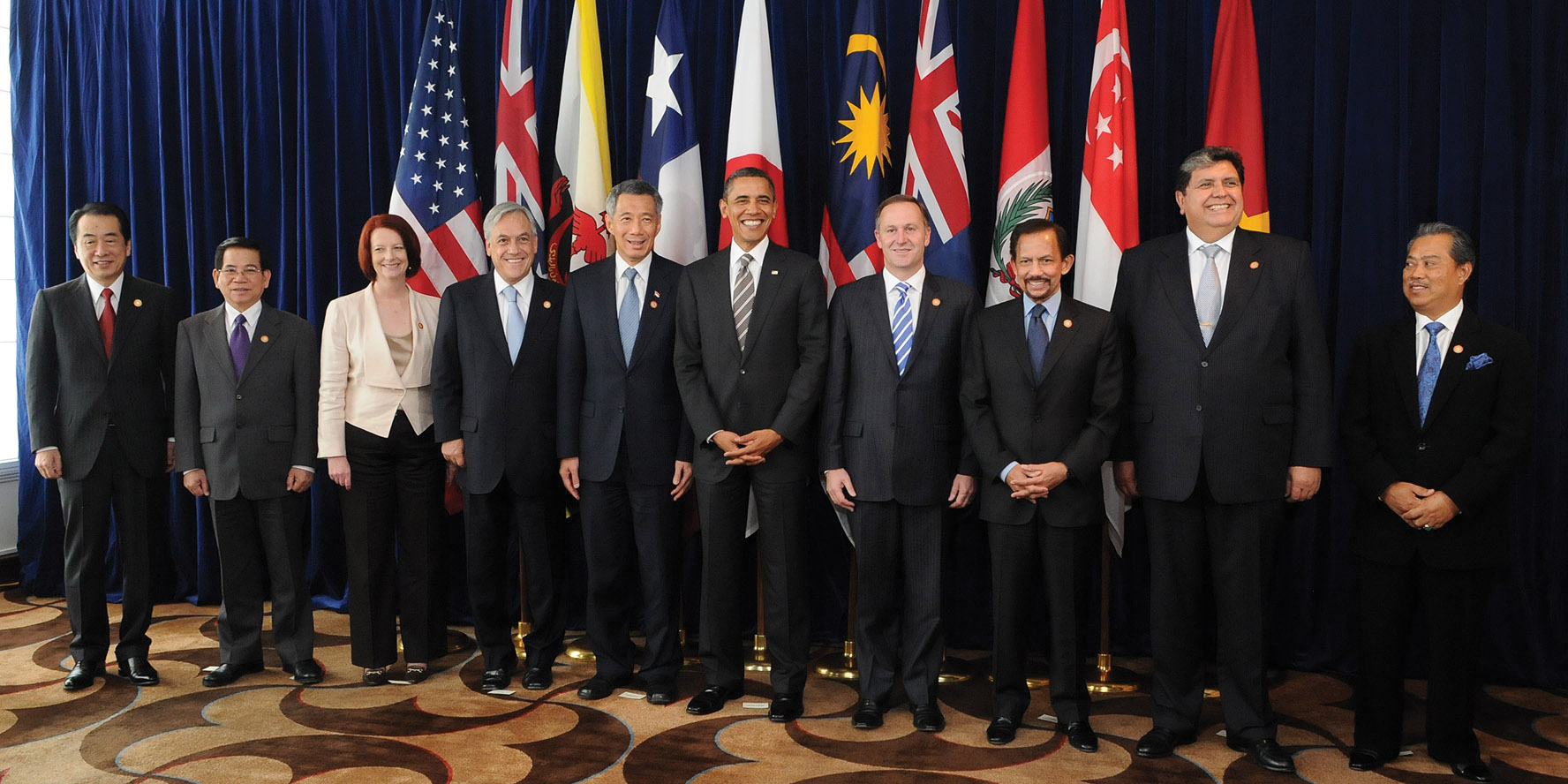
On Monday, Jan. 23, President Donald Trump signed an executive order that withdrew the United States from the Trans-Pacific Partnership (TPP). To greater understand the implications of this executive order, the Highlander sat down for an interview with Associate Professor of Political Science Jana Grittersova. Among the topics discussed were the potential benefits of the deal, the key features of TPP and what this tells economists about the future under the Trump administration.
Grittersova began by explaining the multilateral partnership which encompasses 11 nations in the Pacific region. Countries included are Canada, Mexico, Japan, Vietnam, Malaysia, Brunei, Chile, New Zealand, Peru, Singapore and Australia. These countries “represent nearly 40 percent of the global GDP and nearly one-third of the global trade,” according to Grittersova. This trade deal was modeled after the European single market, which “refers to the EU as one territory without any internal borders or other regulatory obstacles to the free movement of goods and services.” The deal attempts to regulate issues such as e-commerce, financial services, cross-border internet communications and is unique in that it also includes “rigorous labor standards, environmental standards and then supervision over intellectual property rights.” However, without U.S. participation the deal needs to be modified by February of 2018 in order for it to be ratified. The ratification is contingent upon “at least six countries (accounting) for 85 percent of the group’s economic output.” Grittersova elaborated on the importance of the U.S. participation by adding that, “the U.S. itself represents 60 percent of the group’s output.”
Proponents of the partnership argue that it would “bolster America’s position in the Asian Pacific region where China is growing in influence.” On the other hand, opponents such as Trump say that the deal favors big corporations and takes away American jobs. Grittersova said that some studies that ran models and tried to predict the political-economic implications, predicted “that the total size of the U.S. economy should increase by 0.5 percent by 2030” and to expect an increase in exports by 9 percent annually.
Grittersova concedes that opponents are not entirely wrong in saying that new jobs will not be added, but adds that 53,000 “people will be relocated from noncompetitive import industries to competitive export industries.” She goes on to say that “the expectation that Trump can bring manufacturing jobs back by putting in protectionist measures is very shortsighted.” She says these jobs were not lost to foreign nationals, but were lost to automation and that this is a “normal evolution of society.” Grittersova suggested that to combat this problem, the workforce should be retrained and that the government create a greater “safety net.” She also said that the TPP would have added to the competitive edge the U.S. already has in the service industry.
In the short term, there could potentially be benefits but for Grittersova, the long-term implications outweigh any reasons for withdrawal. She elucidated by saying, “I fear that these actions so far of this administration show us that there may be some changes in the international economic order and with changes in order also comes changes in security.” She predicts that the new protectionist policy of “America First” will result in higher prices for consumers.
Grittersova speculated that one of the main goals of the Obama administration in creating the TPP, was not just to improve trade but also to prevent China from gaining too much influence. China is not a part of the TPP and “viewed TPP with concern,” but the U.S. withdrawal from the TPP opened the door for China to play a greater role in the Asian region. Grittersova cited an opinion editorial by the Premier of China Li Keqiang, where he said, “In a world with a plethora of uncertainties, China offers an anchor of stability and growth with its consistent message of support for reform, openness, and free trade.” This battle for the role of regional hegemon could lead to a trade war, which could be detrimental to the U.S. economy since China owns over 1.5 million in U.S. treasury securities.
Going forward, Grittersova says that the remaining nations are allowing China into the TPP in order to satisfy the conditions for ratification. She is also interested in whether or not the Trump administration will change its mind about the TPP since Secretary of State Rex Tillerson is a proponent of the partnership.
In closing, she said, “Countries cannot just leave deals without talking, countries cannot just close the walls, so I think it is turning trade into mass economic destruction and it is going to have severe consequences for the citizens of the United States and also for the entire world (…) The worry is that the U.S. is ceding its leadership role and the economic order may change.”








